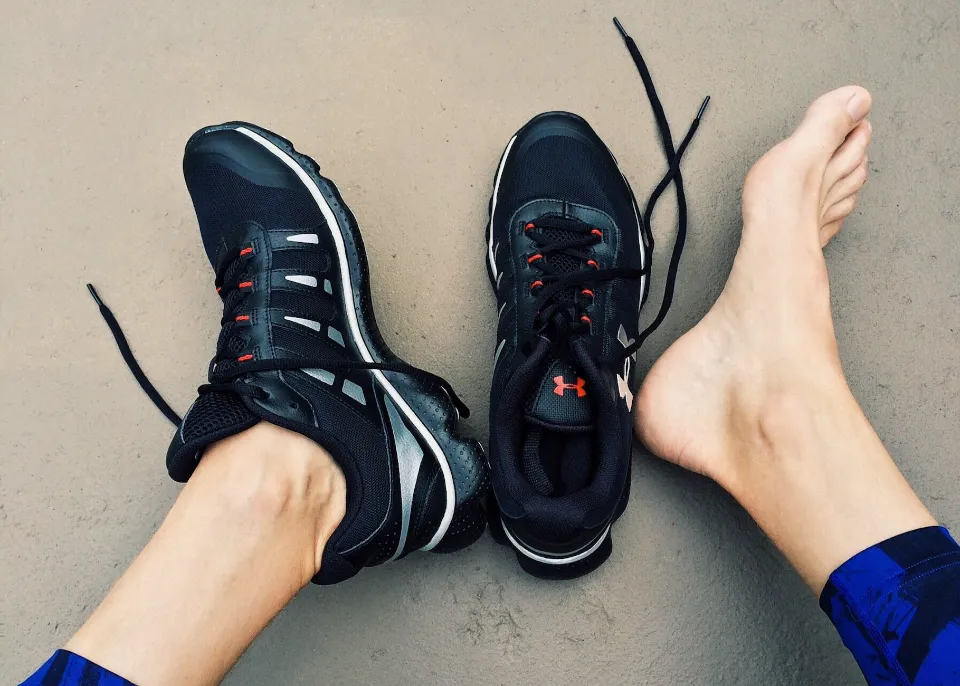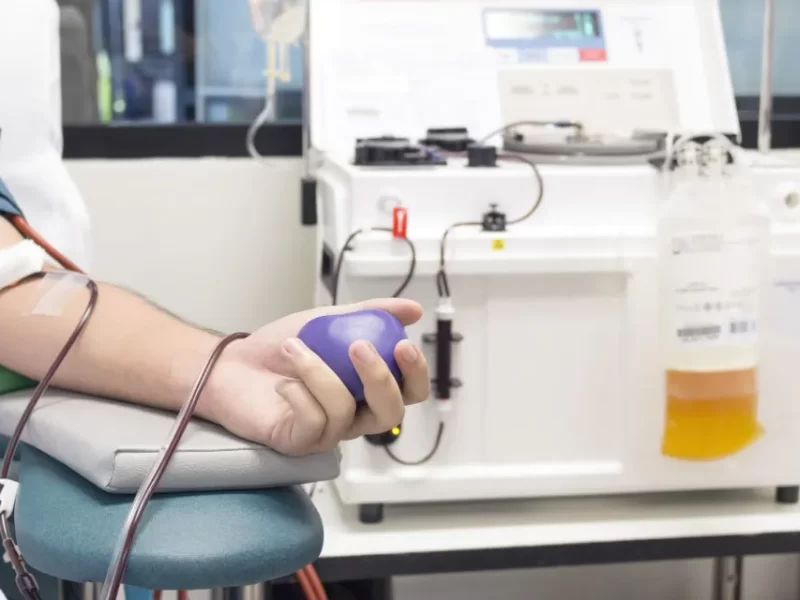Inconvenient calluses have a sneaky, nagging feeling. One week, your feet feel great, and the next, they feel like they’re covered in a dry, uncomfortable brioche snack.
A callus is an area of the skin that has become thicker and harder as a result of friction, pressure, or irritation. Most people develop calluses on their feet, and on your feet, calluses typically develop on the bony regions beneath your toes that support your weight as you walk. They are more common in people who wear ill-fitting shoes, have sweaty feet and stand for long periods of time each day.
Why do calluses develop and what can we do to prevent them? Here are five reasons why they may occur, along with foot care instructions on how to prevent calluses from forming in the first place.
Why Do Calluses Appear on the Feet?
Your Feet Lose Moisture
Calluses form naturally from dead layers of skin that have been subjected to lots of friction or pressure. The outer layers of skin naturally shed under normal conditions. According to one study, our bodies lose 0.03 to 0.09 grams of skin per hour.
A callus interferes with the body’s natural processes for shedding skin. This is because the cells formed under a callus adapt to friction and grow in a more compact formation. The small size and compactness of the cells make them tougher, to the point where normal friction and air exposure won’t rub them away. The resulting buildup of dead skin cells can feel hard, like dried leather or plastic.

Your Shoes Don’t Suit You
Your feet are confined by tight shoes, putting pressure and friction on them that can cause calluses to form. As long as they move around enough to create friction, loose shoes can accomplish the same task.
Make sure your shoes are sized correctly and take a break from heels if the pressure causes your toes to pinch. Have a pair of nice, cozy, and supportive ankle boots or tennis shoes on hand to provide your feet with the adequate support they require to prevent the onset of skin conditions.
You Wear Sandals Too Often
Another problem with sandals is that they expose your feet to the elements, which dries them out. Wearing shoes and socks can, in most cases, allow the body enough moisture to prevent calluses caused by regular walking, even though having sweaty feet can cause problems of their own. There are, of course, exceptions because calluses can also be brought on by excessively mobile or constricted shoes.
While it’s fine to let your feet enjoy some sunshine while wearing your favorite pair of sandals, keep in mind to be kind to them at the end of the day. Use a clean loofah, pumice stone, or other exfoliant to scrub them well after moisturizing them.
You Have a Tougher Foot
There are many circumstances that can cause calluses, such as being required to walk for long periods of time at work or sitting for prolonged periods in a way that stresses your feet. Others must perform repetitive foot motions, such as when driving daily distances of miles.
Your feet may require additional care if your regular routine seems destined to leave them covered in calluses. Ask a podiatrist if you need any special socks, shoes, lotions, or inserts for your particular situation. These can assist you in maintaining proper foot hydration and preventing the development of calluses.
You Aren’t Regularly Exfoliating
Some skin requires a little assistance to shed naturally, particularly in body parts like the feet that experience a lot of wear and tear. Possessing a loofah, stone, or other gently abrasive scrubber in the shower is an easy way to assist the body. However, lots of people have trouble keeping these things clean, so make sure to let yours dry out and to regularly sanitize them. You should also replace them every 1 – 2 months.
A thorough soak might be required if you have a bad case of calluses. You can fill a basin with warm water mixed with Epsom salts, ¼ cup of vinegar, and a teaspoon of any hydrating oil of your choice, such as coconut or avocado oil. A few drops of essential oil also won’t harm you when added!
How to Prevent Calluses on Feet?
Staying Hydrated
Your body can shed skin cells normally when you give your feet moisture, such as lotion, oil, or some other type of water contained within a barrier lipid. With extra moisture, the small skin cells within a callus loosen up. The friction that caused the callus to develop can then actually allow it to be gradually stripped away; however, exfoliating and soaking are definitely helpful! (More on that later).
Find Suitable Shoes
First, make sure you wear shoes that fit properly. Don’t wear shoes that are too large where the foot moves around, causing friction and rubbing. On the other hand, you don’t want to wear shoes that are too tight either, which can cause bunions. Since your feet can change and grow as you age, it’s important to have your feet measured frequently when purchasing shoes.

Wear Socks
Wearing the right socks also offers some protection from calluses forming. Wear socks with additional padding in the heel and ball of the foot, which are high pressure points, if you have a callus.
Use a Cushion
Make sure there’s adequate insole padding within your shoes. Particularly for those with numerous bony prominences and a higher risk of developing pressure sores, this is crucial to safeguarding the feet. Older people can also suffer from fat pad atrophy, which is the gradual loss of the fat pad in the ball or heel of the foot. This can lead to very prominent bones, which can rub against each other and eventually result in callusing.
Shoe Style
Our podiatrists advise against purchasing and wearing pointy-toed shoes. Instead, opt for styles with adequate space around the toe area. Rounded or square-toed shoes are better than pointy toes as they lessen the chances of feet rubbing against the interior of the toe area.
Foot Massage
Moisturize your feet regularly to prevent the thickening of roughened skin. Also, remember to regularly exfoliate your feet with a pumice stone. Says our podiatrist Russel, “In comparison to the skin on your ears or back, the skin under and around your feet is very thick. As a minimum, the cream you use should contain 15–25% urea. A keratolytic organic crystalline compound known as urea has the dual effects of hydrating and gently exfoliating the skin.”
Final Thoughts
Remember, it is best to consult with our podiatrist if your calluses are extremely painful, or if you have diabetes, delicate skin, or circulatory issues. He or she will thoroughly examine your feet, get to know your lifestyle, and look at your shoes. The hard skin from the tissue that is healing will also be partially removed.



